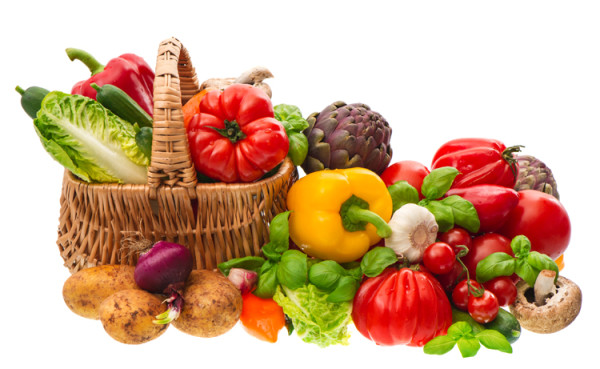What to Know About Vitamin K1
Vitamin K1 is a fat-soluble vitamin found in some leafy greens. It’s primarily responsible for helping your blood clot.
This micronutrient helps your blood clot and may have other benefits, such as promoting bone health and preventing the hardening of arteries.
You’ve probably heard of vitamin K, but you may not realize that it comes in two forms: vitamin K1 and vitamin K2.
Vitamin K1 is found in certain leafy green vegetables, whereas vitamin K2 is found in animal foods. Though they perform many of the same functions in the body, they also have subtle differences.
Here’s what to know about vitamin K1.
Why do you need vitamin K1?
Though vitamin K1 isn’t required to be listed on nutrition facts labels, it’s still an important nutrient for human health.
In everyday circumstances, typical clotting allows you to develop scabs that protect you from bleeding excessively. This is also the case in more serious wounds. Without clotting, bleeding could become life threatening.
Limited research has examined vitamin K1’s effects on other areas of wellness, including bone health. Though some studiesTrusted Source have found a correlation between high vitamin K intake and low bone mineral density, others indicate that elevated intake could be protective.
In some research, consuming more vitamin K has led to higher bone mineral density and a lower risk of hip
fracture.
Reduced risk of heart disease is another possible benefit of vitamin K1. This nutrient is involved in the production of a group of proteins that prevent arterial hardening.
More research is needed to draw firm conclusions about the connection between vitamin K and cardiovascular
risk.
How much vitamin K1 do you need?
The only way to know if you’re getting enough vitamin K1 is to have a blood test. However, most people can consume enough through a varied diet.
According to the National Institutes of HealthTrusted Source, adequate vitamin K intake is as follows:
• Children birth to 6 months old: 2 micrograms (mcg)
• Children 7–۱۲ months old: 2.5 mcg
• Children 1–۳ years old: 30 mcg
• Children 4–۸ years old: 55 mcg
• Children 9–۱۳ years old: 60 mcg
• Children 14–۱۸ years old: 75 mcg
• Adult males 19 and over: 120 mcg
• Adult females 19 and over, including those pregnant and nursing: 90 mcg
What are good food sources of vitamin K1?
When it comes to vitamin K1, think: greens, greens, and more greens. Leafy greens are the top sources of this nutrient. Cooked greens tend to contain more than fresh (but this isn’t always the case).
Some of the foods with the highest levels of vitamin K1 include:
• cooked kale
• cooked turnip greens
• cooked collard greens
• cooked spinach
• dried herbs, such as basil, thyme, oregano, and marjoram





ارسال دیدگاه
مجموع دیدگاهها : 0در انتظار بررسی : 0انتشار یافته : ۰